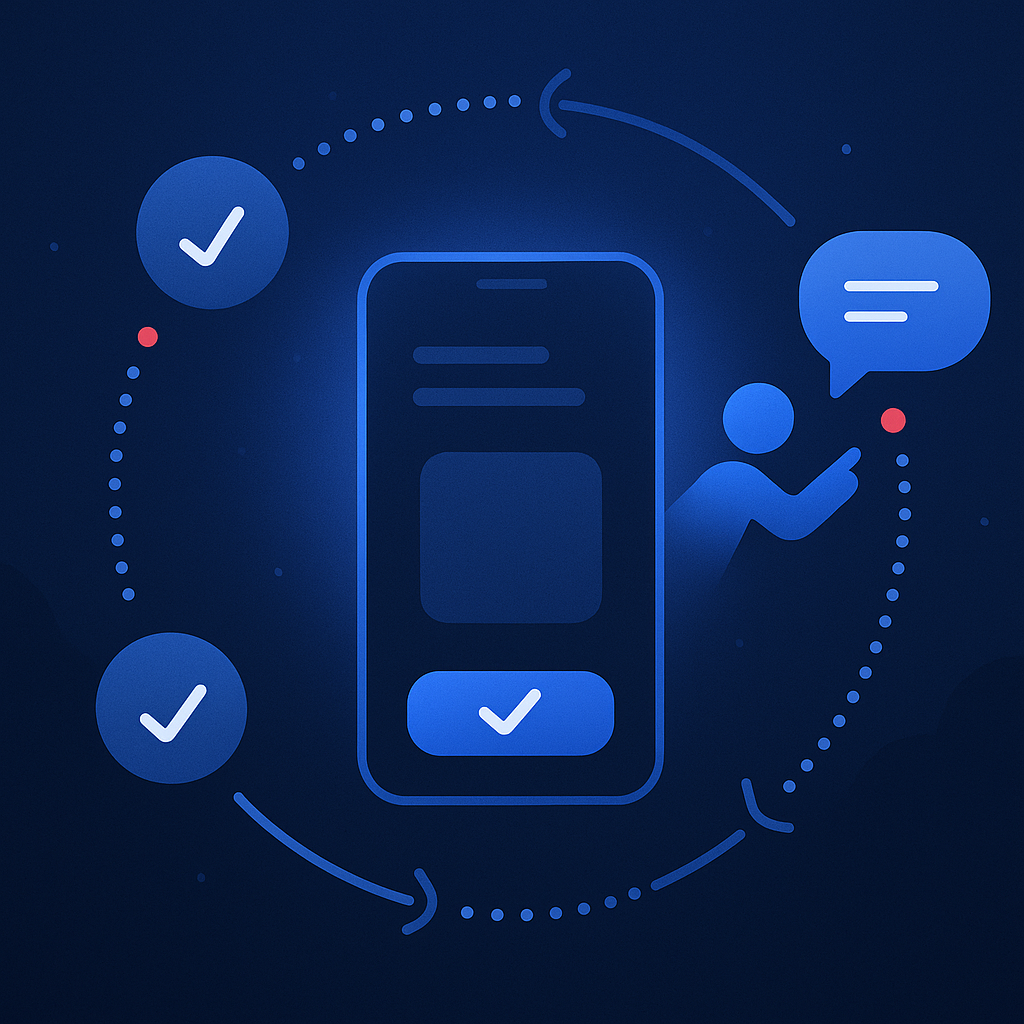Like with any meaningful innovation, developing custom software comes with several risks. Whether your users can figure out how to use your solution is one of the big 4 product development risks. This is known as usability risk, and not addressing it early can result in your software or product failing.
Usability is a measure of how easy user interfaces are to use for specific people in specific contexts. A design’s usability can be measured throughout the development process—from paper prototypes to wireframes to the final deliverable—to ensure maximum usability.
Ultimately, assessing usability risk starts with the question: Can your users figure out how to use your product? And it usually comes after you’ve determined that your software has the right features to solve users’ problems.
See our App development product discovery article for more information on making sure that the correct solution gets built.
There are different ways to evaluate usability, but the most basic and useful is usability testing, which has 3 components:
1. Get hold of some representative users
2. Ask the users to perform representative tasks
In usability testing, you observe people using what you’re designing (or something you’ve already developed), with the intention of making it easier for them to use, or, proving that it already is easy to use. What makes it such a useful tool is that you can do this cost-effectively and before you’ve written any code.
1. Get hold of some representative users
It is essential that the people who test your designs have some key goals in common with your target users. Otherwise, they won’t be able to immerse themselves fully in the scenarios you give them.
A good usability testing participant:
- Has the same concerns and goals as your target users.
- Has the same key characteristics (such as age or role) as your target users.
- Can articulate their thoughts clearly so that you get the most out of your time with them.
- Is as tech savvy as your target users are.
To identify a design’s most important usability problems, testing with 5 users is typically enough.
2. Ask the users to perform representative tasks
In order to observe participants you need to give them something to do. Therefore, a usability test revolves around tasks. This means you should know what your users’ core tasks in different situations are before conducting a test. When the right participants attempt realistic activities, you gain insights into why users are running into issues. These insights help you determine how to improve the design.
The features you want to test should have associated scenarios and tasks. For each feature, write a very brief story that offers background on how the user arrived there and what they are trying to accomplish.
3. Observe what the users do
It’s important to test users individually and let them solve any problems on their own. If you help them or direct their attention to any particular part of the screen, you have contaminated the test results.
Ask users to think aloud and tell you how they feel as they go through your designs. It’s very common for users to blame themselves (rather than the designs) when they get stuck. If this happens, it’s important to stay neutral. Ask the participant to describe how they expected the system to work and why they had that expectation instead of just pointing them in the right direction.
As soon as you have usability test results, you can identify potential fixes. Implement these fixes in your designs, then test again.
"The second most expensive kind of usability testing is the kind that you put off until very late in the process, when you risk finding out that there are huge usability problems that will be very difficult to fix. The most expensive of all is the kind your customers do for you after launch by way of customer service."

Polymorph has developed and delivered numerous successful apps and custom software over the past 12 years that not only solved real needs and problems but also ensured that users get actionable insights from their data. We always ensure that we understand exactly what your need is and address it accordingly.
Please use our free app calculator to ensure that you’ve addressed all the aspects and obstacles to mitigate usability risk when developing your web or mobile app.



